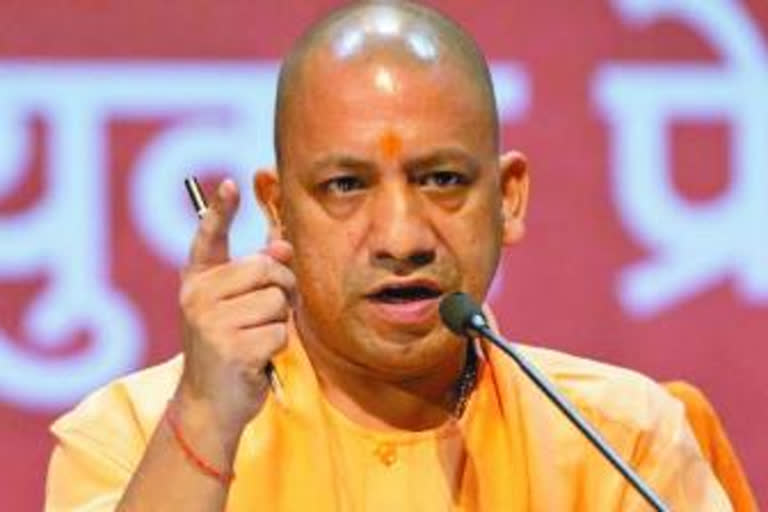Lucknow: An upcoming "Mughal museum" in Agra which has been renamed after Maratha warrior king Chhatrapati Shivaji will house artefacts from Braj region of Uttar Pradesh as well, a senior government official said on Wednesday.
However, a former chief secretary of the state claimed that Braj was part of the initial plan conceptualised in 2015.
"The Braj region comes in Agra division. Braj region and Agra division will be included in the museum, and work will be done in a speedy manner," Additional Chief Secretary (Home and Information) Awanish Awasthi told PTI here.
Braj also known as Brij or Brijbhoomi, is the region around Mathura-Vrindavan and is considered to be the land of Lord Krishna. The area stretches from Mathura, Jalesar, Agra, Hathras and Aligarh to Etah, Mainpuri and Farrukhabad districts.
ALSO READ | Rename Agra's Mughal Museum after Shivaji: UP CM
On Monday, Uttar Pradesh Chief Minister Yogi Adityanath decided to name the upcoming "Mughal museum" in Agra after Chhatrapati Shivaji.
Chairing a review meeting of Agra division (in Lucknow), the chief minister made it clear that his government "always nurtured nationalist ideology and anything which smacks of subservient mentality will be done away with", the UP government said in a statement.
"How can Mughals be our heroes," the chief minister asked, adding that the very name of Maratha warrior Shivaji will invoke a "feeling of nationalism and self-esteem".
Meanwhile, former chief secretary of the state Alok Ranjan told media that the project was conceptualised in 2015, and it was to be completed in 2017-18.
"An interpretation centre is built there (in Agra). It consists of videos, books and audios about Taj Mahal and other monuments there. It also houses the art and craft of the local area. The local art, culture and heritage is available to the foreign tourists in their language. There were stalls of art and craft of Agra as well as the Braj area. A very good complex had come up," he said.
Asked if Braj was included in the initial plan itself, Ranjan said, "I think it was."
He said the basic objective behind planning the museum was to earn more revenue for Agra. "Tourists come from Delhi, visit Agra and then go back. As a result the hotel industry, restaurants, shops, craftsmen don't earn any revenue," Ranjan, a 1978-batch IAS officer, added.
"We will get revenue when people spend a night in Agra. For a night halt, the attractions have to be increased. How long will people keep watching the Taj Mahal? Then certain things were thought of, and we developed the entire area around the Taj Mahal.
"We built an interpretation centre, art and crafts centre on the lines of monuments abroad, cobble-stone pathways, antique lighting. One part of it was also to develop the Mughal museum. The idea was to reflect the Mughal history, their lifestyle and culture of that period, along with art, literature," he said.
(PTI REPORT)
ALSO READ | Statues of Buddha, Ambedkar desecrated



